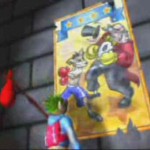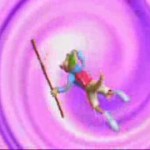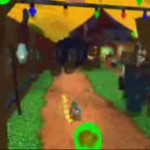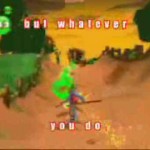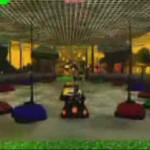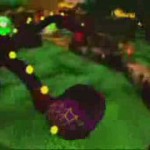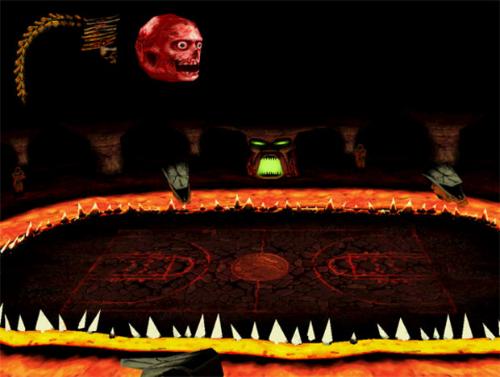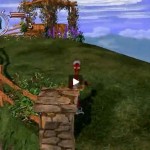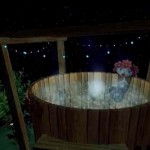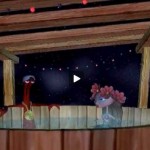In 2002 Prolific Publishing were working on a new platform / action game for the GameCube, known as “Don’t Call Me Max”. The project was going to be originally published by TDK and later by Destination Software, but in the end it was never released for some reasons. As we can read from the original press release the story was a real masterpiece:
In Don’t Call Me Max! the player takes control of a kangaroo named Max, who has run away from home looking for the circus that his father once traveled with. Max arrives at the Great Circus, only to find that it is a ramshackle, a shadow of its former glory. The circus has been overtaken by the curse of the evil Ringmaster. At the circus Max stumbles into an abandoned tent and finds himself surround by magician’s props. The ghost of the magician appears and gives Max his quest to travel to the magic realms and release the circus clans from the evil Ringmaster’s curse. Max’s only companion is the spirit of his father who resides in the magic staff he carries over his shoulder. Together they must travel through a variety of unique circus worlds, using magic and skill to survive the perils set forth by the Ringmaster. Can Max free the innocent Circus clans from the spell of the Ringmaster, and change the fate of the Great Circus?
Thanks to Hey Hey for the contribution!
Images:
Video:

